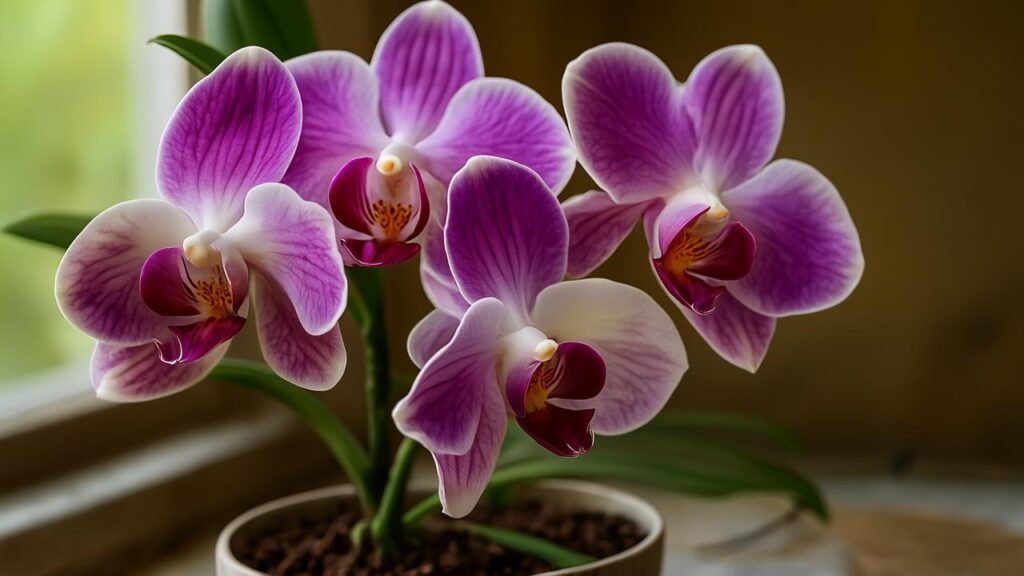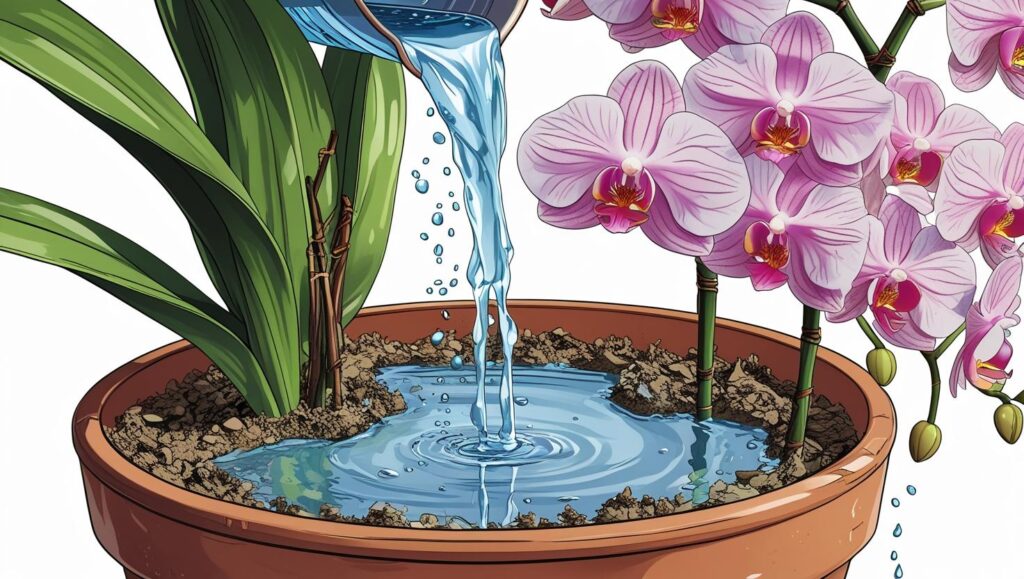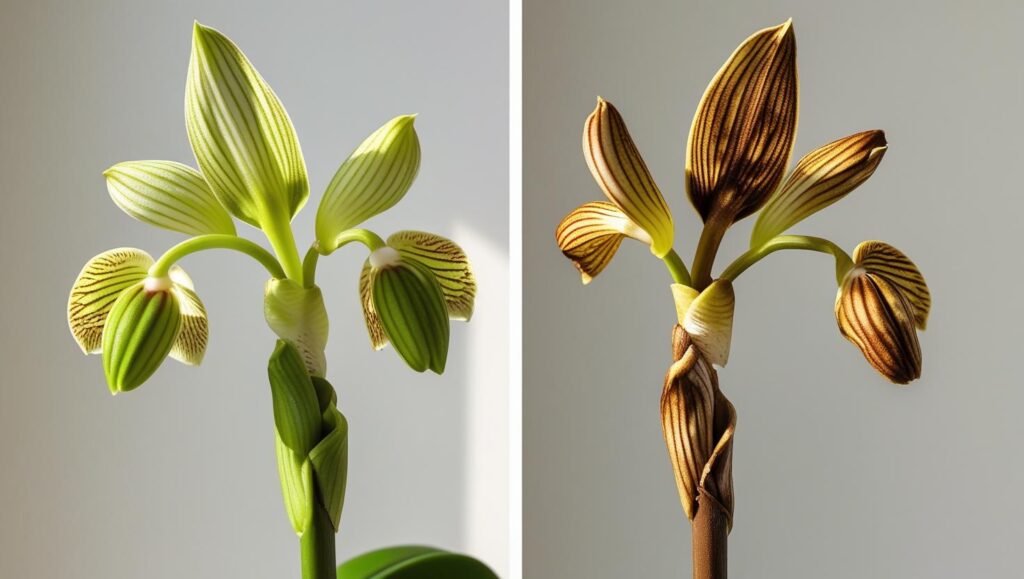For many plant enthusiasts, the vibrant, intricate blossoms of an orchid are a prized display. However, coaxing a second bloom from these tropical plants can often feel like a horticultural puzzle. Understanding the specific needs of your orchid, particularly the popular Phalaenopsis or “moth orchid,” is the first step in learning how to make your orchid bloom again, transforming a period of dormancy into a new cycle of vibrant color.

The process of encouraging an orchid to rebloom is centered on mimicking its natural environment. This involves careful attention to light, temperature, watering, and feeding, according to horticultural experts. With the right care, most orchids can re-flower at least once or twice a year.
The Critical Role of Light and Temperature
Proper lighting is arguably the most crucial factor in triggering an orchid to flower. Orchids thrive in bright, indirect sunlight. A south or east-facing window is often ideal. “If you don’t have enough light, the orchid won’t have enough energy to produce a flower spike,” says Dr. David L. Clement, a plant pathology expert at the University of Maryland Extension. Direct sunlight, however, can scorch the leaves, so a sheer curtain may be necessary to diffuse intense light.
Temperature fluctuations also play a significant role, particularly for Phalaenopsis orchids. A drop in temperature for a few weeks can signal the plant to produce a flower spike. The American Orchid Society (AOS) recommends a nighttime temperature drop of about 10°F (5.5°C) to initiate blooming. Achieving this can be as simple as moving the plant to a cooler room or placing it near a window at night during the fall.
Proper Watering and Feeding Techniques
Overwatering is one of the most common reasons orchids fail to thrive. These plants are adapted to environments where their roots are exposed to air and dry out between rainfalls. “Orchids should be watered thoroughly, but allowed to dry out almost completely before watering again,” advises the Royal Horticultural Society. A general rule of thumb is to water every 7 to 10 days, but this can vary based on humidity and pot size.

When it comes to feeding, a balanced orchid fertilizer is key, but timing is everything. During the active growing season (spring and summer), fertilize your orchid every two weeks with a diluted, balanced fertilizer. Many growers recommend a “weakly, weekly” approach. However, it is crucial to reduce or stop fertilizing in the late fall and winter to allow the plant to rest before its blooming cycle.
Post-Bloom Care: To Cut or Not to Cut the Spike
Once the last flower has faded, many orchid owners are unsure of what to do with the flower spike. The answer depends on the health of the spike. If the spike is still green and healthy, you can potentially encourage a second flowering. According to experts at the Chicago Botanic Garden, you can trim the spike back to a node just below where the first flower bloomed. This can sometimes stimulate the growth of a new flowering branch.
However, if the spike has turned brown or yellow, it is best to cut it all the way back to the base of the plant. This allows the orchid to direct its energy into developing new leaves and roots, which will support future, more robust blooms. “Cutting the spike back completely allows the plant to put its energy into vegetative growth, which is necessary for a strong flowering later on,” notes a publication from the University of Tennessee Gardens.

Repotting for Long-Term Health
While not an immediate trigger for blooming, repotting your orchid every one to two years is essential for its long-term health. Over time, the potting medium, typically bark or moss, breaks down and can suffocate the roots. The ideal time to repot is after the blooming cycle has finished.
Choose a pot that is only slightly larger than the previous one, as orchids prefer to be somewhat root-bound. Use a specialized orchid potting mix that allows for good air circulation and drainage. Before repotting, trim away any dead or mushy roots with a sterile cutting tool.
For those seeking to understand how to make your orchid bloom again, the process is a rewarding exercise in patience and observation. By providing the right balance of light, temperature, water, and nutrients, you can ensure your orchid has the energy and encouragement it needs to produce spectacular blooms year after year. The key, experts agree, is consistency and a willingness to understand the unique language of this exotic plant.
Heat, Nutrients, and Pruning: Experts Explain Why Your Petunias Stop Blooming
